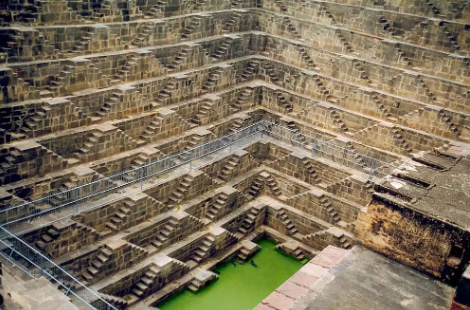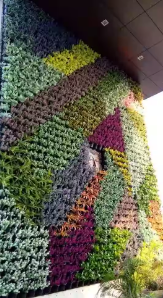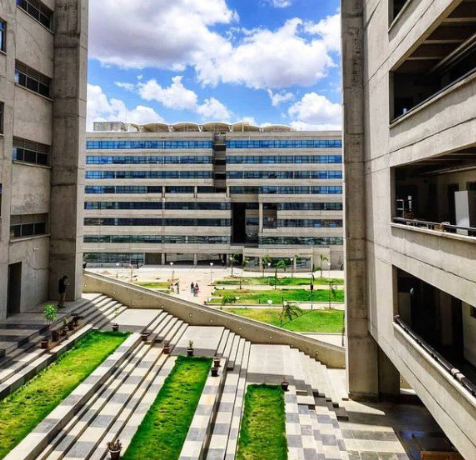The Timeless Need for Water Conservation
Water conservation is all about preserving a precious resource and in architecture it is about creating sustainable living spaces that fit together with the environment. From ancient temples to modern skyscrapers, Indian architects have consistently risen to the challenge by developing solutions that are both practical and aesthetically pleasing.
India has long battled with water scarcity, leading to creative architectural solutions throughout history. Let us look into the traditional and modern water conservation strategies in Indian architecture that showcase the country’s innovative spirit.
Wisdom From The Past
Stepwells, known as “baolis” or “vavs” in different regions, were more than just water sources. These architectural wonders serve as community spaces and provide cool refuge during harsh summers. The Chand Baori in Abhaneri, Rajasthan, is a magnificent stepwell which has complex geometric patterns and 3,500 narrow steps. It is a feat of engineering and also an example of how water conservation structures can be stunning to the eyes. During monsoons, it collected and stored rainwater while its depth kept the water cool through evaporative cooling. It is an underground oasis, in simple words.

Talabs, or artificial lakes, were created to harvest rainwater and recharge groundwater. The Pichola Lake in Udaipur or the Rudra Sagar in Sikar, Rajasthan, continue to serve communities today. Another interesting example is the Suraj Kund in Haryana which is believed to have been built in the 10th century. This crescent shaped reservoir was designed to catch every drop of rainwater from the surrounding hills. Its smart design included a graded bed that helped in desilting and ensuring the longevity of the water body which still stands as a proof to the ingenuity of ancient Indian hydraulic engineering.

Altering the Traditions for Today
Vertical gardens can be integrated with greywater recycling systems. The Qutub Hotel in New Delhi features an impressive vertical garden that helps conserve water. Another innovative example is the KMC Corporate Office in Hyderabad. This building features a “green screen” – a massive vertical garden that uses recycled wastewater. The plants are carefully selected to thrive in the local climate while efficiently filtering greywater. This system conserves water and at the same time reduces the building’s energy consumption by providing natural cooling.

Permeable pavements allow rainwater to ooze through by reducing runoff while recharging groundwater. The Indian Institute of Technology, Hyderabad campus uses an innovative permeable paving system that is both effective and visually attractive. The Infosys campus in Mysore takes this concept further with its “green parking” initiative. The parking lots use a combination of permeable paving and bioswales – landscaped elements designed to remove silt and pollution from surface runoff water. This system manages stormwater and naturally filters it before it recharges the groundwater which signifies how modern architecture can mimic and increase natural water cycles.

Bridging Past and Present
As India faces growing water challenges, architects are finding inspiration in conventional methods while leveraging modern technology. By merging ancient wisdom with contemporary innovation, sustainable water conservation in architecture is already getting successful across the country.
The journey of water conservation in Indian architecture is evidence of human innovation and adaptability. Each era has contributed unique solutions to the perennial challenge of water scarcity and the key lies in learning from our abundant architectural heritage while including new sustainable technologies.
Bibliography
- Stepwell – the water architecture of India. Ph.hu.edu.pk. Retrieved from https://ph.hu.edu.pk/public/uploads/vol-9/08-Stepwell%20%E2%80%93%20the%20water%20architecture%20of%20India.pdf
- Joshi, I. Water conservation in ancient India. Scsa.ac.in. Retrieved from https://scsa.ac.in/water-conservation-in-ancient-india-prof-indrayani-joshi/
- The ancient stepwells helping to curb India’s water crisis. BBC Future. Retrieved from https://www.bbc.com/future/article/20211012-the-ancient-stepwells-helping-to-curb-indias-water-crisis
- Water conservation in building systems design [SlideShare presentation]. Retrieved from https://www.slideshare.net/slideshow/water-conservation-in-building-systems-design/233972357
